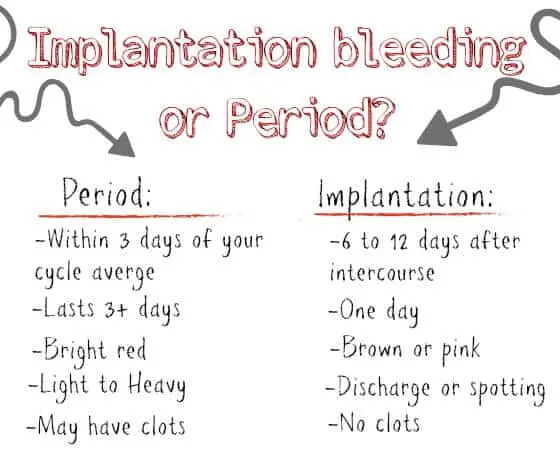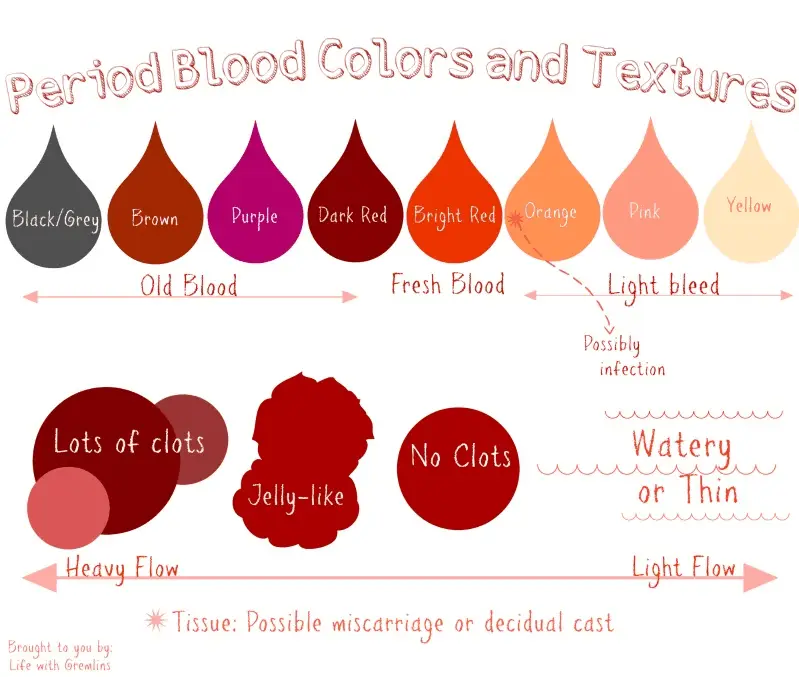Whether you just enjoy a bit of kick to your salsa or load peppers on every meal, jalapeno pepper plants are an attractive and practical plant to have around. However, those on the less fanatic spice side of the equation may find even one small container plant produces too many peppers for their household. The average jalapeno plant will pop out 25 to 35 peppers a season— and that’s one single, small plant. As a result, those taking up jalapeno harvesting may benefit from knowing how to store jalapenos.
Storing jalapenos for fresh use:
You can allow peppers to remain on the vine and use them as needed for some time. However, eventually, they may begin to wither and even fall off on their own. In which case, watch out for children and pets as vine-ripened jalapenos will be stronger in flavor.
Another fresh-use option is to cut the peppers from the plant once they are ripe and place them in a paper bag in the crisper of your refrigerator. In this form, jalapenos will keep for around a week, maybe two. There is no need to cut or clean the peppers until you’re ready to use them.
Drying jalapenos:
Drying jalapenos can preserve them pretty much indefinitely. Simply use a needle to string the peppers by their stems and hang them. You can leave the peppers hanging or remove them once dry and store them in a dry location. Refrigeration is not necessary. You can also take dried jalapenos and grind them to use as an easy spice additive to meals.
Other gardeners use dehydrators to speed the drying process or slice and bake strips in the oven before storing. Always remember to either wear latex gloves or wash your hands very thoroughly after handling jalapenos. The chemical that makes the pepper hot to the taste can cause painful chemical burns.
Pickling or jarring jalapenos:
While it does, in some cases, limit the use of stored jalapenos, they can be jarred or pickled. In either case, the peppers are generally left whole or sliced and packed tightly into jars. Then, boiling water and any other additives per your recipe of choice can be added before sealing the jar. You’ll find a wealth of recipes for pickling and jarring jalapenos in cookbooks and online. Due to the variety of methods for this storage technique, it’s best to find a recipe that applies to your particular needs.
Freezing jalapenos:
Freezing preserves the pepper in full form, which leaves it arguably the most versatile for future use. Some pepper harvesters claim freezing leaves the pepper squishy or soft when thawed. This may be a consideration depending on your planned usage for the peppers. Peppers will keep 10 to 12 months frozen. To freeze jalapenos, you can either place the whole pepper in a bag and pop it in the freezer, or chop or slice them and do the same. If you wish to harvest the seeds from the peppers, do so before freezing. Contrary to popular belief, removing the seeds from a jalapeno will not make it less hot.



